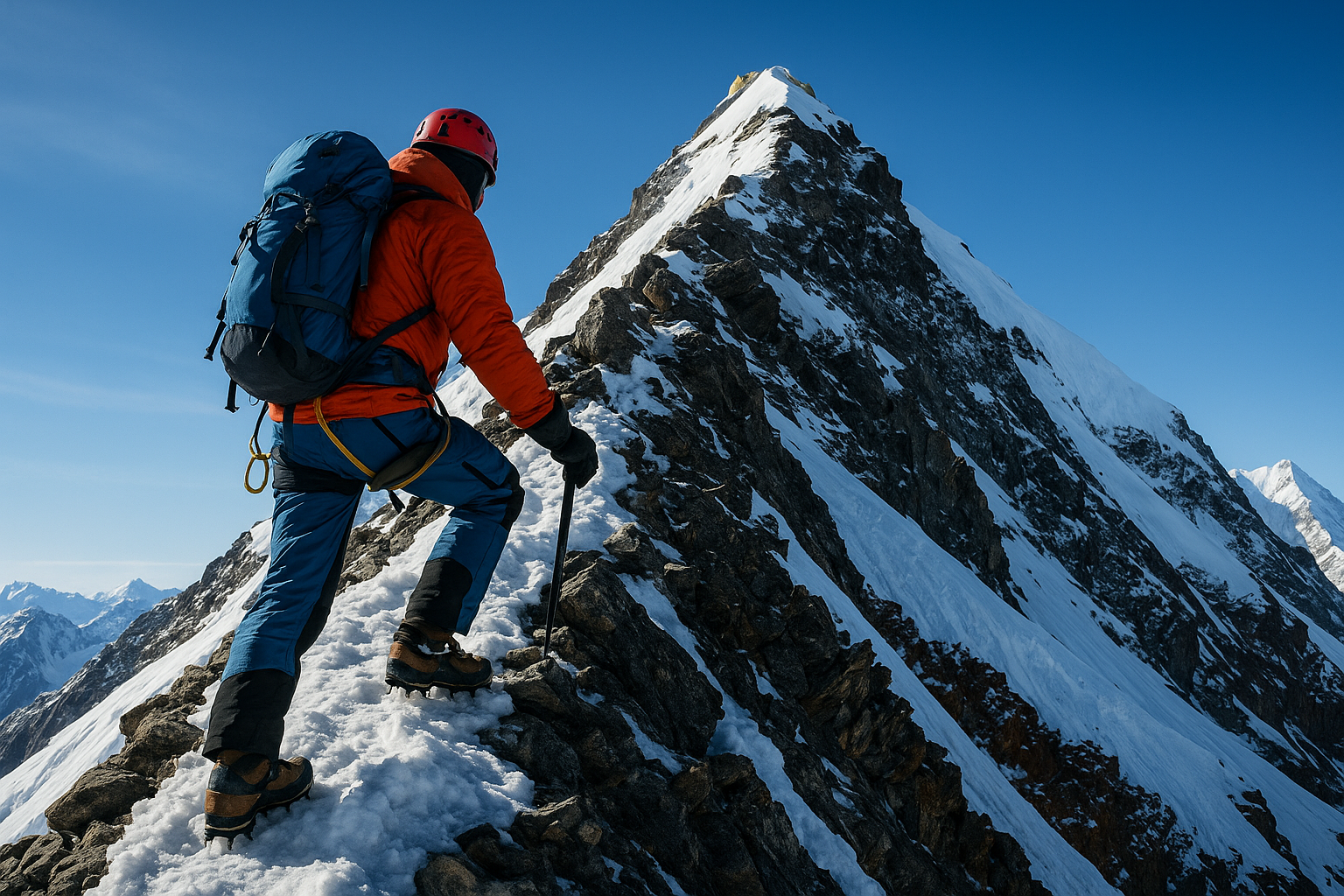
Nepal, known for its towering Himalayan peaks and breathtaking landscapes, has announced a major step to promote tourism in its remote western region. The government has decided to waive climbing fees for nearly 100 mountains in the Karnali and Sudurpaschim provinces.
According to officials, this initiative aims to attract more climbers to lesser-known mountains, many of which remain unexplored. The move is expected to bring economic benefits to local communities and boost overall tourism in the region.
The mountains now open for free climbing range in height from 5,870 metres to 7,132 metres. These peaks, while not as famous as Mount Everest or Annapurna, offer challenging climbs and stunning natural beauty. Tourism experts believe that by promoting these lesser-visited areas, Nepal can spread economic benefits more evenly across the country.
Himal Gautam, Director at the Department of Tourism, said the goal is to encourage more visitors to remote regions. “We want to bring more visitors to remote areas, create jobs, and generate income for local communities,” he said. The government also hopes this move will promote Nepal’s less-known mountain destinations, giving climbers a chance to explore areas beyond the popular trekking and climbing routes.
Why the Waiver Matters
Climbing in Nepal often requires paying significant permit fees, which can be a barrier for some adventurers. By removing fees for these 100 peaks, the government hopes to make the experience more accessible and appealing. This could draw climbers who may otherwise focus on more famous and crowded mountains.
Additionally, the decision supports sustainable tourism. By spreading tourist activity over a wider range of locations, Nepal can reduce the environmental and crowding pressures on its most popular peaks, such as Everest and Annapurna.
New Rules for Everest Climbers
Alongside the fee waiver for western peaks, the Nepal government has also proposed a new rule for Mount Everest climbers. According to the proposal, anyone attempting to climb Everest must first scale at least one peak higher than 7,000 metres. Officials believe this will improve safety and ensure climbers are better prepared for the challenges of the world’s highest mountain.
The proposal is part of an amendment to the Tourism Act. It has been sent to the Upper House for approval and will require the consent of both Houses of Parliament before it becomes law.
Fee Hike for Everest from 2025
Earlier this year, Nepal also announced an increase in the climbing fee for Mount Everest. From September 1, 2025, the permit fee to scale the 8,848.86-metre peak will rise from $11,000 to $15,000 per person. The government says the increase will help cover management costs, improve safety measures, and protect the mountain environment.
Balancing Adventure and Opportunity
Nepal’s new tourism policy shows a balance between promoting adventure and supporting economic growth in remote areas. By opening up nearly 100 peaks for free, the government is inviting climbers to explore less-known parts of the Himalayas while giving local communities new opportunities for income.
With its unmatched landscapes and challenging climbs, Nepal remains one of the world’s top destinations for mountaineers. This latest decision could make its mountain tourism industry even stronger in the years ahead.





















